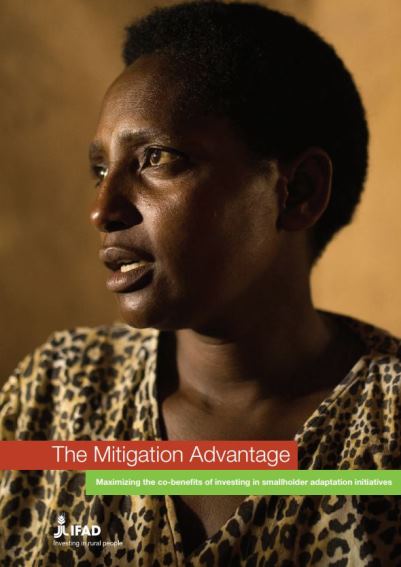The Mitigation Advantage: Maximizing the co-benefits of investing in smallholder adaptation initiatives
The Mitigation Advantage: Maximizing the co-benefits of investing in smallholder adaptation initiatives
The Intergovernmental Panel on Climate Change (IPCC) has highlighted a critical trade-off between agricultural development and climate change mitigation.
On the one hand, agriculture, forestry and other kinds of land use (AFOLU) account for about a quarter of net human-induced greenhouse gas (GHG) emissions. These emissions are mainly caused by deforestation, as well as soil and nutrient management practices, and livestock. For example, in the ten years since 2001, agricultural emissions from crop and livestock production – mainly in developing countries – grew from 4.7 billion tons of carbon dioxide equivalents (CO2e) to over 5.3 billion tons – a 14 per cent increase (IPCC, 2014).
However, agriculture is central to global food and nutrition security, in particular for millions of smallholders for whom it is the main source of livelihood. Smallholders are, therefore, both dependent on agriculture and contributors to related emissions – but they also hold the key to reducing these emissions if supported through innovative and holistic programming

Topics
Climate and environment
Citation
Chakrabarti, S. 2015. “The Mitigation Advantage: Maximizing the co-benefits of investing in smallholder adaptation initiatives.” IFAD Advantage Series. Rome: IFAD.